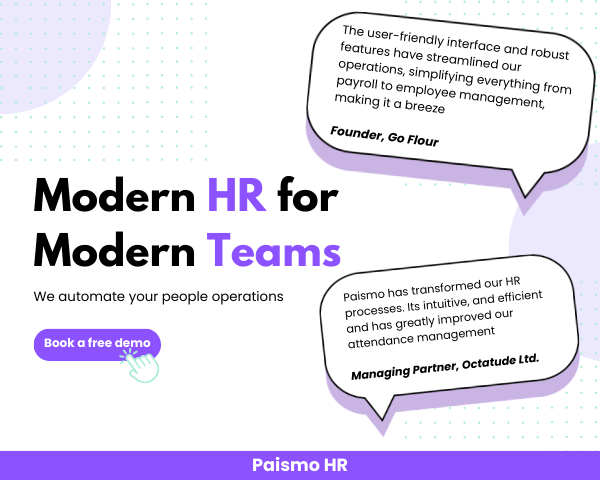An action item is a specific, follow-up task assigned after a meeting. It includes a clear objective, a responsible person, a deadline, and detailed instructions. Action items are meant to turn discussion into execution by giving each team member something actionable to complete.
Typically starting with a verb like assign, review, evaluate, or present, action items are narrow in scope, not easily broken down further, and should contribute to larger team or business objectives.
Why Do Action Items Matter?
In today’s workplace, where distractions are common, especially in virtual meetings, action items give structure and purpose. They help to:
- Keep meetings focused and productive
- Drive accountability by assigning tasks to specific individuals
- Clarify next steps so nothing falls through the cracks
- Strengthen follow-through by defining clear outcomes and deadlines
- Align teams with broader goals and priorities
By using action items effectively, businesses can reduce confusion, encourage participation, and improve execution.
How Are Action Items Different from Tasks?
Tasks are broad and may include multiple steps. Action items are more specific and often part of completing a larger task.
Example:
- Task: Pitch the Merrill Project
- Action Items:
- Call Frank Merrill to schedule the pitch
- Reserve the conference room
- Finalize and proof presentation slides
- Get marketing and leadership approval
In short, tasks = projects, and action items = steps to complete those projects.
How to Write Action Items in Meeting Minutes
When recording action items during or after a meeting, include:
- Objective: What needs to be done and why
- Assignee: Who is responsible
- Deadline: When it’s due
- Details: Notes, file names, contacts, or special instructions
- Reporting: How and where the results should be shared
- Next Step: What action should follow once completed
This format makes responsibilities and expectations clear, reducing confusion and stress.
How to Follow Up on Action Items
To ensure follow-through:
- Set deadlines and assign ownership right away.
- Check in periodically without micromanaging.
- Encourage feedback and open communication.
- Use collaborative tools (e.g., Asana, ClickUp, Monday, Airtable) to:
- Track progress
- Send reminders
- Organize tasks by owner, due date, or priority
- Foster accountability and collaboration
Benefits of Using Action Items Effectively
- Improves individual and team productivity
- Enhances meeting outcomes
- Promotes transparency and alignment
- Helps managers recognize and reward contributions
- Turns ideas into real, measurable progress
Action items may seem small, but they’re essential for driving momentum after meetings. By defining responsibilities clearly and tracking them consistently, you transform meetings from talk into action, and ensure everyone knows exactly what to do next.
Become a part of the Paismo community
Paismo is an HR software that can help simplify your HR operations. In today's dynamic economic environment, efficient HR and automated payroll management are no longer a luxury but a necessity. Paismo is a comprehensive solution that transforms traditional HR complexes into streamlined and automated workflows. Paismo and its paired biometric device integration can be used for your business to mark employee attendance and record their timesheets accurately.
Paismo simplifies your tasks with its core HRMS, timesheets, and attendance management, as well as biometric attendance, payroll automation, and leave management system.
Take the first step toward modernizing your HR and payroll processes and explore what Paismo can do for you. Book a demo with our sales team.








